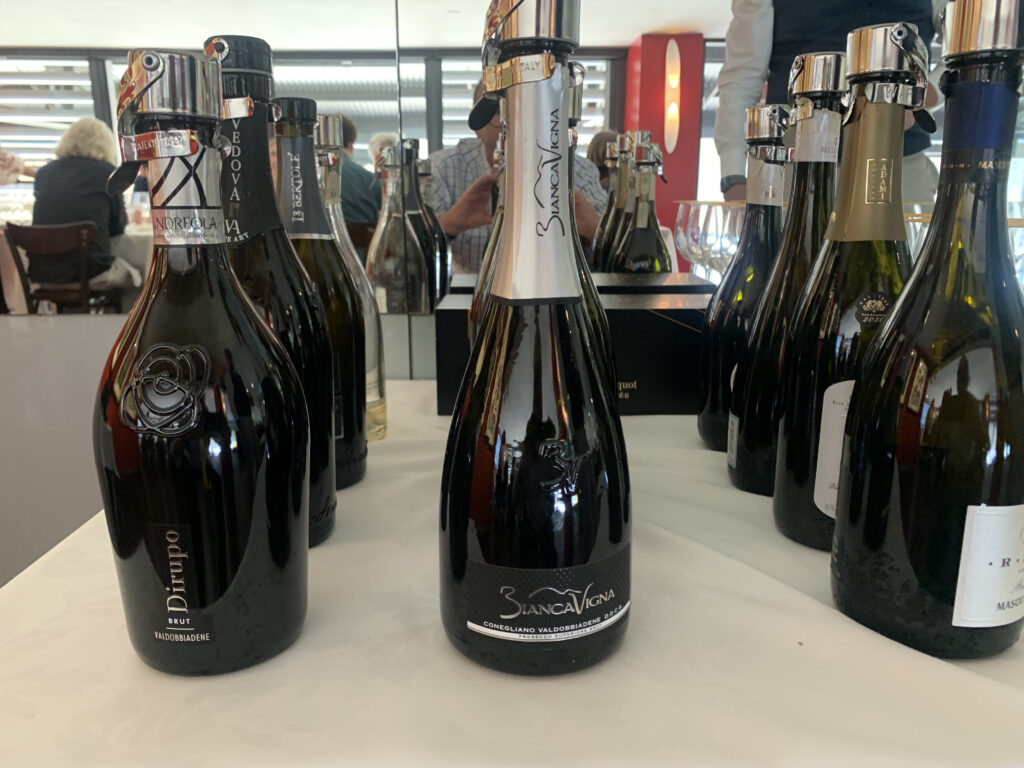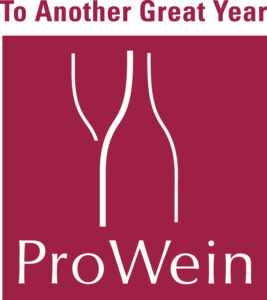Tiny Bubbles
France’s famous bubbles have for generations reaped the rewards of their reputation as the elite top tier of the global sparkling wine hierarchy. With sparkling wines representing the fastest growing wine category of the last 25 years, they, and to a lesser extent their traditional method cohorts like Cava (Spain), Franciacorta Spumante (Italy) and Winzersekt (Germany), delivered complex flavors that justified their often healthy and sometimes stratospheric prices. Yet heavy is the bottle that wears the Méthode Champenoise crown. As Champagne faces an existential threat through climate change, and the Millennial “frugal hedonist” continues to shape market offerings, a world of delicious alternatives on display at ProWein from 15 to 17 March 2020 have begun emerging from their cousins’ glitzy shadow.
The rise of these “other” bubbles has required a great deal of reorientation on the part of producers and consumers. For generations, they suffered under a long-seated and self-inflicted inferiority complex and consumer cynicism rooted in the cheap, steel-tanks-and-temperature-controlled plonk that flooded the market in the 1970s and early 1980s. Few who lived through that age can forget names like Cold Duck, Asti Spumante and Riunite Lambrusco (for a generation the biggest brand in the US market), which played to the masses, typically through generous sweetness. Even Prosecco suffered under a humble reputation for decades, particularly as Prosecco Frizzante with lower pressure in the bottle than Prosecco Spumante (a category invented in order to avoid Germany’s sparkling wine tax). There are good reasons why at least one entire generation came to view anything but Champagne itself as, at best, off-brand substitute suds.The strong recent growth of Prosecco, however, reflects the mood of a buying public much less focused on connoisseurship than on curiosity. In 2018, Prosecco was recognized as the best-selling sparkling wine in the world by volume, surpassing even Champagne. The benefits of Prosecco’s Charmat (“tank”) charms are clear: competitive price point, reliability and — the buzzword of modern planet wine — freshness. Yet there is a dark side, with reliability achieving no more than what we might politely call neutrality, or less generously ‘mediocrity.’ Consumers began treating the category itself as a brand — Mionetto (Hall, Stand F21) is perhaps a rare example of a Prosecco with a genuine brand identity in multiple markets.

Prosecco Conegliano Valdobbiadene DOCG
Yet somehow these ‘tiny bubbles’ managed to change their own narrative. Prosecco gained its DOC status in 2009, and just 10 years later the Prosecco hills of Conegliano and Valdobbiadene were declared a UNESCO world heritage site. In the UK, Prosecco’s second largest global market, sales of the Prosecco Conegliano Valdobbiadene DOCG recorded the strongest growth in the market, surging by 38% in value and 35% in volume between 2016 and 2017. When origin matters, quality follows. “The real value of DOCG is the fact of being really different and recognizable,” says export sales manager Mara Ghirardi for L’Antica Quercia (Hall 15, Stand F 21), “We believe that consumers no longer want a standard Prosecco, but are looking for original and unique varieties.” In the Superiore and Rive designations, a handful of producers are also experimenting with partial barrel maturation and extended lees contact in an effort to marry classic Prosecco freshness with a true taste of place.








